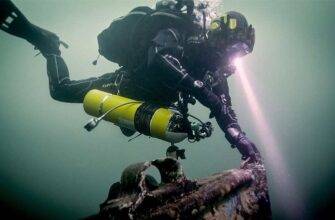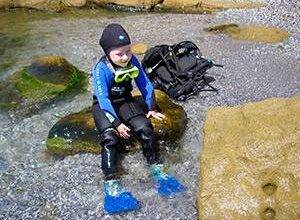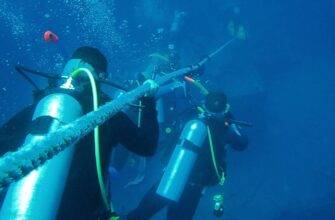Oxygen-related restrictions are nothing new for scuba divers using regular air to breathe. But since oxygen in the air is not hazardous at recommended diving depths up to 40 meters (130 feet), basic scuba diving courses do not address the problems associated with its effects on the body, and limit themselves to mentioning the safest diving depth possible.
С using air in saltwater, it is 66 m (218 ft) and is related to the threshold of oxygen intoxication central nervous system of the body. However, we should not forget that the norms are set for the majority and do not take into account the individual characteristics of each person individually.
It is common to dive within all sorts of limits. Using air as breathing mixture, you somehow have to take into account nitrogen time, as exceeding its permissible limit may lead to bends, surfacing slowly to avoid barotrauma, control diving depth to exclude manifestations of nitrogen narcosis.
When diving with NAITROX mixtures it is also necessary to know the limitations (limits) related to oxygen and to follow them strictly.
So, oxygen limits the diving depth and time underwater for all divers, but especially for those diving with NITROX. To begin with, let’s define the limits, emphasizing that there is always a risk of exceeding the limits. As the oxygen content of the mixture increases, the allowable dive depth decreases. Let’s take a look at two tables of maximum dive depth limitations on NITROX developed for two standard mixtures EA#32 and EA#36.
Read More:




